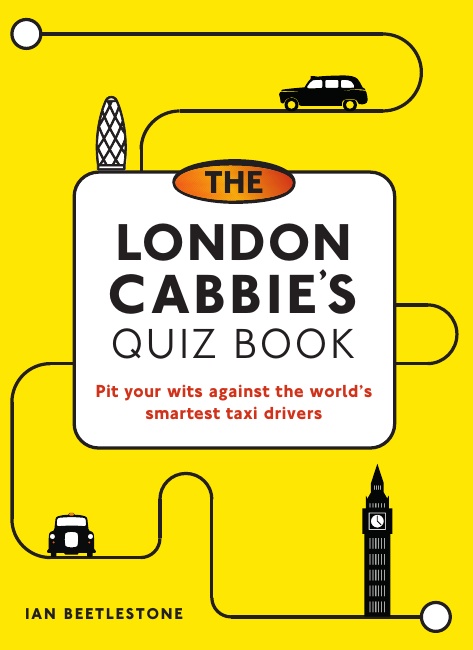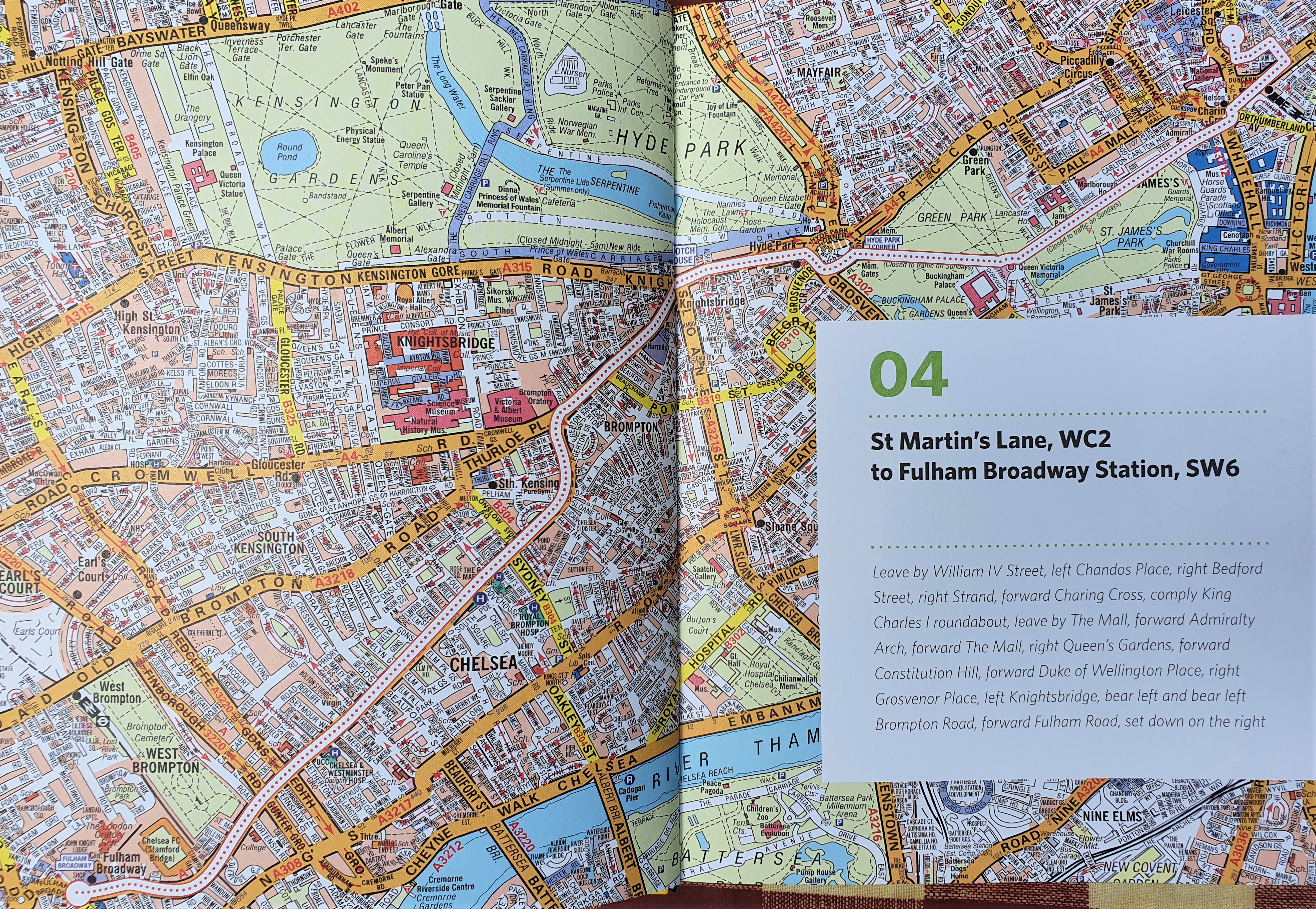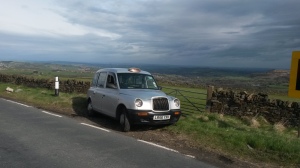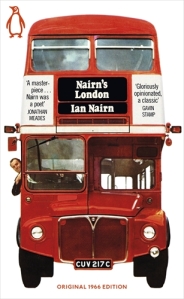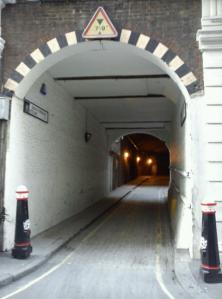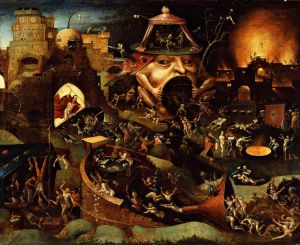When I passed my Knowledge exams to become a licensed London taxi driver, my flatmate and I took a taxi into the West End to meet some friends for a celebratory meal and I asked the driver if he had any advice for a new cabbie. “Don’t pick up the blacks”, he replied. They’re trouble and they don’t pay, he explained. I found myself – a newly qualified taxi driver – in the clichéd position of the socially liberal passenger not quite knowing what to say when their (to put it euphemistically in this case) socially conservative driver comes out with something they find objectionable. In the end I managed to come back with, “Have you ever thought that maybe the reason black people aren’t nice to you might be because you’re a racist?” He piped down after that, and I was glad I’d been brave enough to speak up, but the encounter still somewhat took the shine off my celebrations.
That clichéd scenario – the liberal-minded passenger awkwardly cringing in the back of the forthright, angrily illiberal driver’s cab – is a longstanding trope, an easily relatable reference that crops up with irritating regularity in popular culture. And the simple reason for that is that it rings true: you don’t have to go far – look on social media, ask your friends – to find someone who’s found themselves in a similar situation at some point.
I say irritating, of course, because the majority of us aren’t like that. But as my experience and swathes of anecdotal evidence suggest, and as the inexcusable verbal abuse hurled by black cabbies at London Mayor Sadiq Khan as he walked into City Hall last week shows, enough of us are like that for it to have created a serious image problem, and the industry needs to address it. It is not enough anymore to complain a tiny minority is giving us a bad name without also standing up and saying this kind of behaviour is wrong and needs to stop. Back then, I was fresh-faced and naïve, and having a dignified response seemed like an achievement. Now, I’d report him. All the major taxi trade organisations have been rightly quick to condemn last week’s harassment of the mayor. A great many individual drivers have taken to social media to do the same. I firmly believe the taxi industry needs to find a way to work together to stamp this out, for its own sake.
The Sadiq Khan incident is a consequence of high current levels of anger in the trade. Work levels have plummeted due to the pandemic, and rushed-through road and lane closures are infuriating drivers and local residents alike, making each rare job a logistical nightmare. The unfortunate truth that too many environmentally conscious, office-based, middle class, civic employees don’t seem willing to address is that people who drive in London are, very often, working class people who are driving because they have to. I quite agree that people should walk, cycle or use public transport where they can, but scaffolders can’t do that, can they? Or builders, or plumbers, or carpenters, or delivery drivers, or drummers, or set builders, or film crews. Or cabbies. Or, for that matter, wheelchair users or the emergency services.
Yet London’s Low Traffic Neighbourhoods (LTNs) – whole blocks of closed off streets designed to improve the environment for those who live in them – seem blind to the reality that all these people need vehicular access to the city in order to have quality of life and to be able to do their jobs. There must be better ways to improve air quality than to deny access to essential services. Major investment in green vehicles for the manual trades, perhaps? Banning private cars and massively increasing the numbers of (electric) taxis, and subsidising fares? And what of those of us who have already invested in greener cars? Isn’t it a bit unfair to tell a working man who’s just borrowed £60,000 for a new zero-emission-capable vehicle that he’s still not allowed to drive it in half of Islington because the council wants to improve local air quality? Wouldn’t you be cross if you found yourself in that position?
There is a terrible, dangerous divide growing here, similar to the divide over Brexit. On one side are people with nice, comfortable, middle class lives who cycle to their office jobs (or now work from the spare room) and don’t want nasty vehicles in their residential streets (except, presumably, when their house is on fire, or they decide to relocate, or have an Ocado delivery coming), and think that people who aren’t on board are simply Neanderthals who need to get with the programme. On the other are those who struggle to get on the property ladder at all, work in manual jobs, need vehicles for their work, and feel more and more disenfranchised from the politically correct city they try to serve. It showed its ugliest face in the abuse the Mayor of London received last week. But it should come as no surprise that white working-class men are angry (again, see Brexit), and a society that refuses to engage with them because they’re not our kind of people needs to take just as hard a look at itself as the angry brigade does.
The irony is that Sadiq Khan has been a far better mayor for the taxi trade than Boris Johnson ever was. It was Sadiq who refused to renew Uber’s licence (the appeal is this week), Sadiq who has included taxis in new twenty-four-hour bus lanes, Sadiq who put in place a £42m fund to help decommission older taxis. The LTNs are generally council initiatives, using government money.
For four years I drove around London (and in the annual Pride in London parade) in a rainbow liveried Gay Pride taxi. I did it because I wanted to be visible as a gay man and because I wanted to show Londoners that not all taxi drivers fit the old stereotypes. I wanted to say to the city, and its visitors: everybody is welcome in a London taxi, and by extension in London itself. They rightly are. The angry mob who confronted Sadiq Khan do not represent me, or the vast majority of my colleagues. But they’ll only get angrier still if London refuses to make space for them, too.

